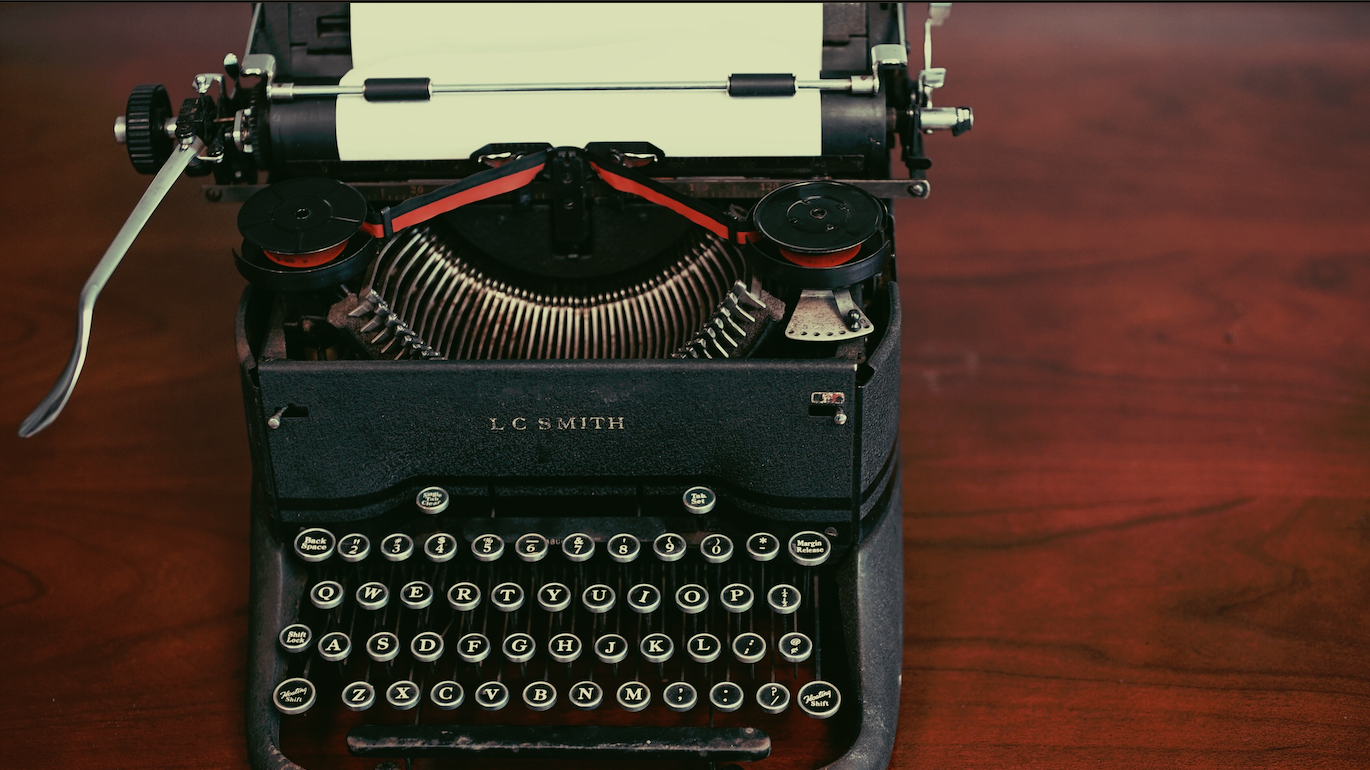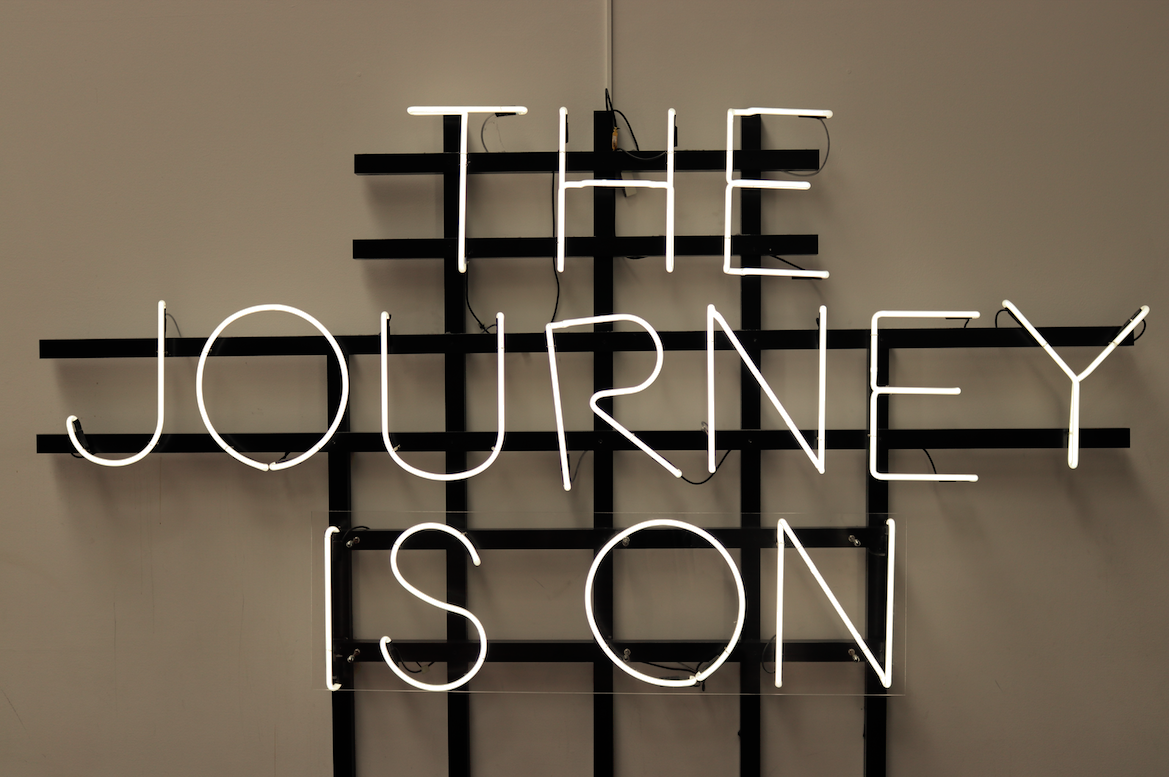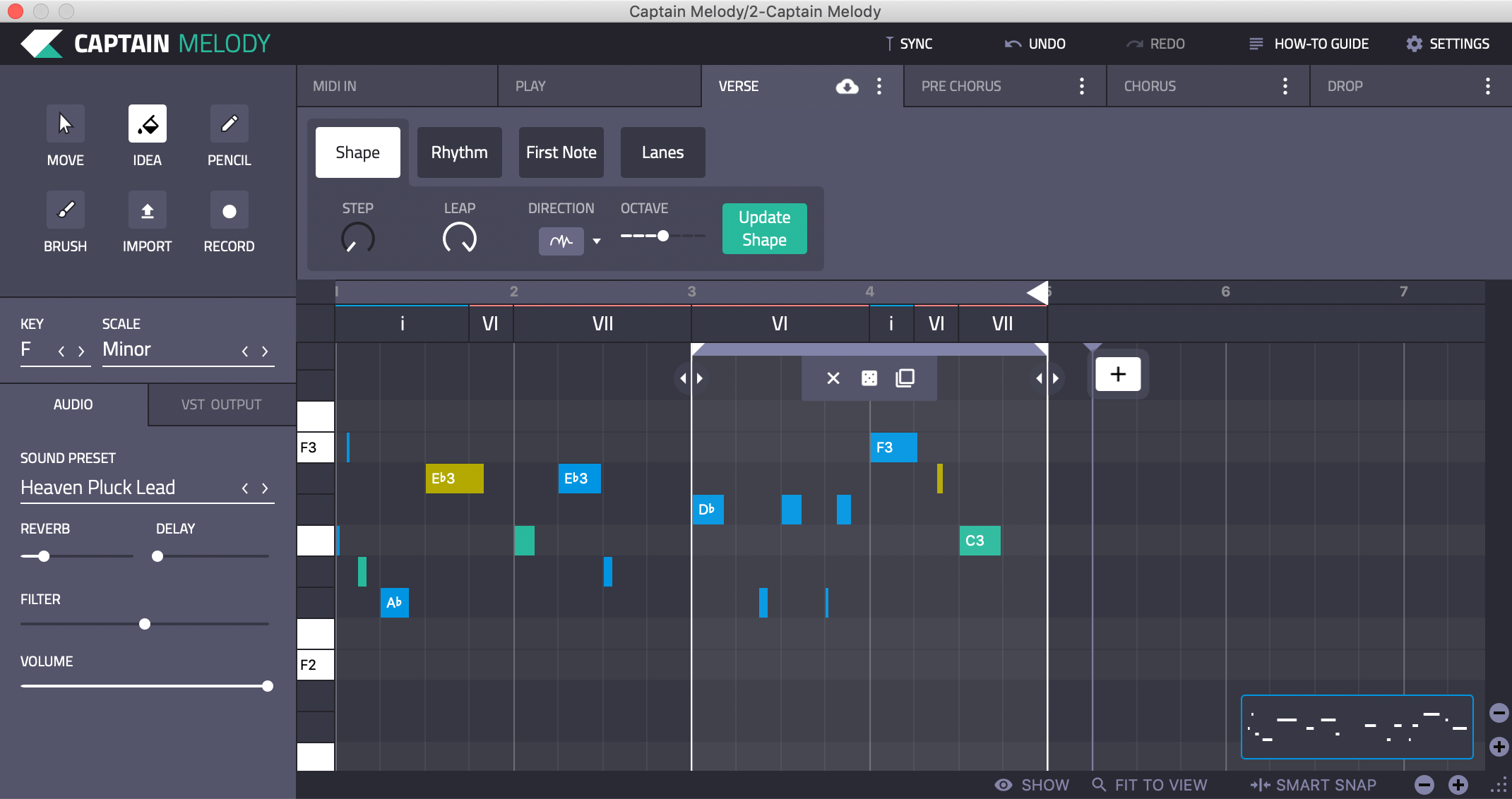How to tell stories with your melodies
Melodies are the story-tellers in your tracks. Here’s how to make sure your melodies deliver the right message.

Don’t shoot the messenger
The title of this article is almost misleading – you don’t need advice on how to tell stories with your melodies, since every melody already tells a story. Where the chord progression and bass-lines set the stage, the melodies are the characters in your movie. They deliver the script and tell your audience what the film is about.
The difficult part is getting your characters to deliver the right script for the movie; getting your melodies to deliver your truth.
Magic words
Consider this: when a person speaks very fast, they are usually betraying an urgency. It could be nervousness, fear, panic, or it could be excitedness, fervour or animation. Whether ultimately a positive or negative emotion, the cadence is in contrast to the person speaking slowly, who could be amorous, intoxicated, tired or sad. Of course, there are many other reasons for a person to speak quickly or slowly, but you get the idea; cadence is connected to emotion.
You know what else is connected to emotion? Yep… melody. And for the exact same reasons.
It doesn’t stop there, either. Tone, velocity, intonation… all of these parameters can be used to control and shape emotional expression in speech, and music.
Melody is inextricably linked to emotion, so you need to decide what emotion(s) you are trying to convey, and how to deliver that in a way the listener understands.
Captain Melody 5.0
- Write melodies that suit your chord progression
- Connect the Melody plugin with Chords plugin
- Apply different rhythms
- Apply arpeggiators that move your MIDI notes
- Adjust the tension between the Chords and Melody
- Hear the melody played with 100+ different sounds
Baby talk
A baby is born without words, yet can communicate through sound. As they grow, they learn to shape the sounds into words, to funnel their emotions through the vessel of vocabulary so they can be better understood. It’s the same with melodies. Great musicians don’t play music; they speak it.
Fortunately, you don’t need to be a virtuoso player to tell great stories with melody. For one thing, melodies can be really simple. For another, Captain Melody gives you the perfect platform to create, craft and fine-tune melodies until they express the exact sentiment required.
But first, you need to decide what you are trying to say.

Plot-line hotline
Like all good stories, your tracks need a plot. Somewhere to start, somewhere to finish, and a journey through the middle.
Sometimes the plot can be obvious. If you’re singing about a break-up, an obvious plot-line would revolve around meeting, falling in love, falling out of love and breaking up.
In that example, a good melody would tell a story that is, overall, sad, but each verse might use different inflections of the overall melody to paint different parts of the emotional journey.
Having discussed cadence already, we know that sad melodies will be less frantic, more mournful. So you wouldn’t want to overpopulate the melody. Let it breathe, and don’t leap about between notes too much.
Here’s an example of a sad melody. It has fewer notes, more dissonance and mostly step-wise motion.
Step, leap, go nuts
In Captain Melody’s Idea tool, you will see options to change Step and Leap among the many parameters. These controls are very important for telling different kinds of story with melody. Whether using Captain Melody or any other method of composition, understanding the difference between steps and leaps will help you.
Step-wise motion is the term for moving in consecutive notes within the scale. This has a certain predictability, which can be satisfying in small doses. However, too much step-wise motion can lead to pedestrian, dull melodies. Therefore, good melodies often also use leaps – where the melody skips one or more consecutive notes – to add interest.
In our sad song, we won’t want too many upwards leaps, as this implies happiness. Downwards leaps can work well, but you won’t want a melody that is too scattered around the scale.
Also, don’t use rapid, staccato bursts of note rhythms. Instead, you might want a gently lilting melody that follows the chords and slowly builds to an emotional peak.
PRO TIP
When using leaps, you can soften the impact by following the leap with a downward step. This helps settle the melody and make it more relatable for the listener.
Listen to how the downward step after the large leap helps to re-orientate the listener

Dynamic Dissonance
Important, too, is understanding the function of dissonance in melancholic music. Hitting those dissonant notes often seems logical when writing a sad song – go with your instincts, here. If you’re feeling sad and writing about sadness, chances are you’ll be reaching for a greater proportion of dissonant notes.
Compare a sorrowful wail to a cheerful whistle. The whistler is happy and content, and so trills a melody which is bold, vivacious and in perfect harmony. Meanwhile, the wail drags itself across notes with barely a nod to any sense of harmony.
Ultimately, the more dissonance (coupled with lots of minor chords), the sadder the song.
Captain Melody has a rad method of visually displaying the tonal qualities of notes against their corresponding key and scale. It paints perfect notes blue, and dissonant notes either green or yellow. It’s an incredibly simple and effective way of visualizing the emotional qualities of your melody!
A high proportion of green and yellow notes make this melody sound melancholic

Squad Goals
Of course it’s not all about sad songs. You might be writing about hitting the club with your squad… would you employ the same melodic tactics?
Of course not! This time, you want dynamism, baby! That might imply a melody with many more notes, delivered at a faster rhythm, maybe even with some additional rhythmic flavors like triplets and rests to give a sense of unpredictability. Tonally, you could allude to the exciting chaos of the club by writing a melody that employs greater leaps between chord notes. This means it skips sequential notes and reaches for one further away. Maybe it could even jump octave from time to time, to really give the melody some bounce.
As opposed to the sad, ponderous lilting of our sad melody, for our squald/club banger we might want to mix up the rhythms and note choices even more by dividing the overall melody into short sections, and using contrasting techniques in each. Captain Melody’s Idea tool is perfect for this. You can divide one long melody into smaller Ideas, which can then be transformed individually. This can throw up some really cool new melodic motifs.
In this example, the exact same chord progression and sounds are playing behind the melody, yet increased leap motion, triplets greater note density and less dissonance enable this melody to sound upbeat and positive.

The message is, there is no message
What if you’re writing music, but it isn’t ‘about’ anything in particular, it doesn’t have vocals, and you’re not trying to make the audience think anything in particular? Does that mean your melody doesn’t need to tell a story?
To answer that, consider the darkest Techno track you can think of. Then, consider the melody to The Beatles’ Summer Holiday, and imagine singing that over the top. Does it work? Of course not! (If you think it does… well, we pray for your soul)
The reason it doesn’t work is because it’s not telling a story that matches the setting. To return to our movie analogy, it’s like Will Ferrell reprising his Anchorman character for Fifty Shades of Grey. It would be pretty funny, but, artistically, just doesn’t work.
So, even if you’re only writing music for ‘the vibe’, you need to understand that the vibe is a story. And the story needs the right melody.
Lots of dance music uses repetition to encourage long dancing sessions, so you might want to keep your melody fairly simple, catch and repetitive as a result. Meanwhile, Hip-Hop or Trap type beats might employ more melodic articulation, such as short arpeggios between melodic phrases.

First Contact
Choosing the first note of your melody is important for setting the character. One of the chord tones – 1, 3, 5 or 7 – are the usual places to begin. Of those, the root is far and away the most regular choice, as it has such a clear and strong relationship to the chord. But experimenting with different first notes can bring about some interesting inflections.
Similarly, where your melodic phrases land, or resolve, is an important choice. This resolution can dramatically alter the melody, and as such, the story. In a story, the resolution is everything… the difference between a happy and a sad ending. Does the protagonist win the day? In a melody, the resolution is almost as important! Chord tones are the usual landing points for a melody. They make sense to the listener, which is generally desirable. There’s no right or wrong choice here, just lots of room for experimentation.

Write your own tracks using Captain Plugins
It’s super easy to create your own ideas from scratch. Visit the official Captain Plugins homepage and see how it will help you explore music and write your own original productions.
